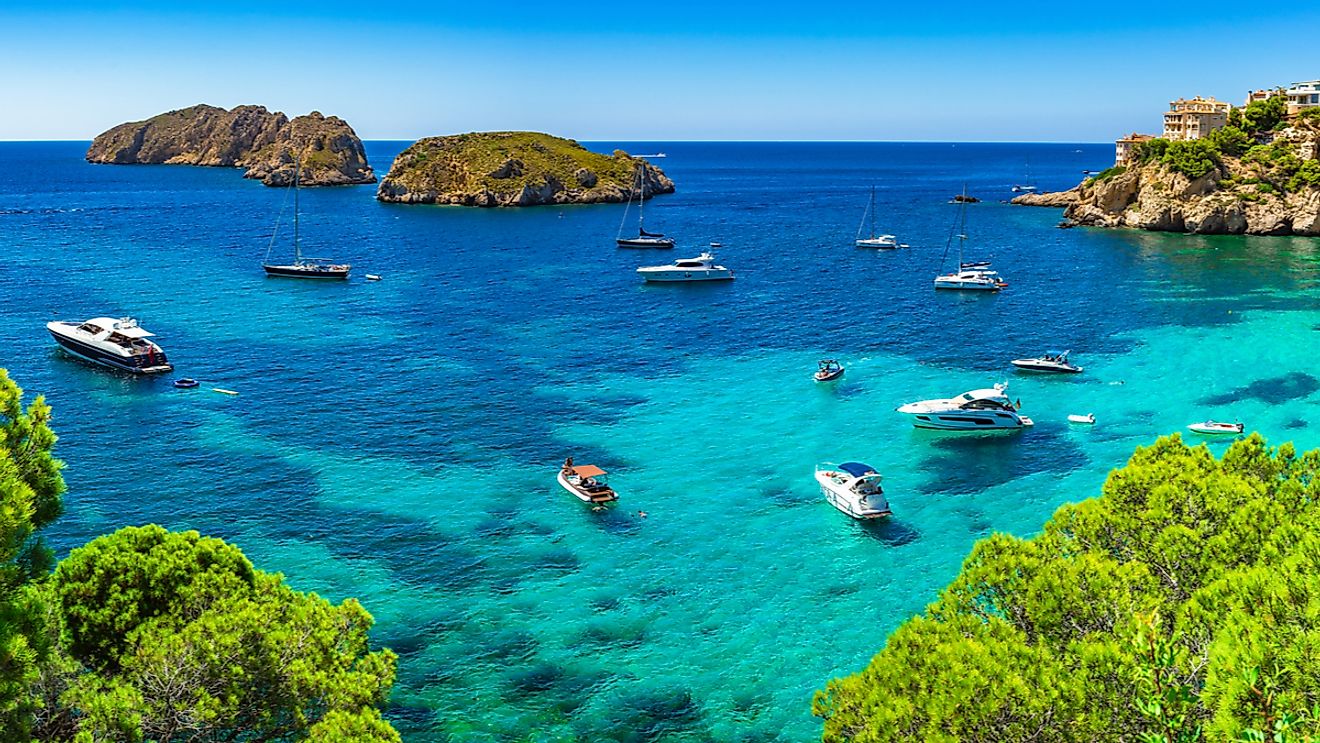The 1976 Barcelona Convention (BARCON) and its Protocols, as Amended
The Mediterranean Sea is Europe’s largest and deepest sea. It is connected to the Atlantic Ocean through the narrow Straits of Gibraltar (i.e., 14 kilometres wide) and its water exchange is very slow. Like other semi-enclosed seas, therefore, the Mediterranean Sea is particularly vulnerable to pollution and other sources of pressure on the marine environment. Compared to other European seas, the situation in this region is rendered particularly difficult by socio-economic factors, including the presence of many developing countries and countries with economies in transition, political problems, including maritime delimitations and sovereignty issues, and the particular juridical state of the Mediterranean Sea. So far, for geopolitical and economic reasons, the Mediterranean coastal States have been reluctant to establish an EEZ in their Mediterranean waters. As a consequence, the capacity of coastal States to adopt unilateral protective and conservation measures is restricted to the 12 n.m. limit. Beyond that limit, coastal States may only control activities under national jurisdiction. The effective protection of the Mediterranean Sea therefore requires a particularly high level of cooperation compared to other regional seas, not only between coastal States, but also with all states operating in the area.
The 1976 Barcelona Convention for the Protection of the Mediterranean Sea against Pollution (BARCON) is the oldest of the UNEP’s Regional Seas Agreements and sets out the general framework for cooperation in the protection of the Mediterranean Sea from several sources of pollution (e.g., dumping, accidental and operational discharges from ships, exploration and exploitation of the continental shelf, and land-based activities).
In 1995, in the UNCED follow-up, the Barcelona system went through a revision process, which extended its objective and brought the Convention into line with the main principles and goals of Chapter 17. The structure of the Convention is very similar to that of the OSPAR and Helsinki Conventions. Its body contains general principles (i.e., sustainable development, the precautionary principle, the duty to carry out an EIA, the polluter pays principle, integrated management, the use of BAT and BET), general obligations for contracting parties to control several sources of pollution and to protect and preserve biodiversity, monitoring, reporting and technical cooperation, and procedural and institutional rules. All the general provisions are further specified in eight Protocols which form an integral part of the Convention.
The Barcelona regime, like OSPAR, applies to internal waters and the high seas in accordance with the LOSC and international law (Articles 1 and 3). The revised BARCON, moreover, introduced a non-compliance procedure which mirrors the OSPAR Convention (Article 27). The BARCON is administered by UNEP, which carries out secretariat functions (Article 17), while five “regional activities centers”(RACs) assist the contracting parties in the implementation of their obligations under the different Protocols. Meetings of the Contracting Parties (MOPs) are convened every two years on a ministerial level to review the implementation of the Convention and its Protocols, acting by qualified majority. The MOPs normally conclude with the adoption of a ministerial declaration, which despite its legally non-binding nature has great political weight and sets out the guidelines for future work under the Convention. The work of the MOP is prepared by the National Focal Points, who are senior officials from the environmental ministries of the states parties plus the representative from the European Commission (DG ENV), and within a number of working groups attended by officials and/or national experts discussing key issues related to the scope of the BARCON. The BARCON’s agenda is not as full as those of OSPARCOM and HELCOM, but is also quite challenging.
The strong political, economic and social diversity among Mediterranean coastal States and the numerous problems affecting the area have made cooperation in the region quite difficult. The Barcelona regime, moreover, suffers from strong implementation gaps, while lack of monitoring and reliable data represent additional problems.

